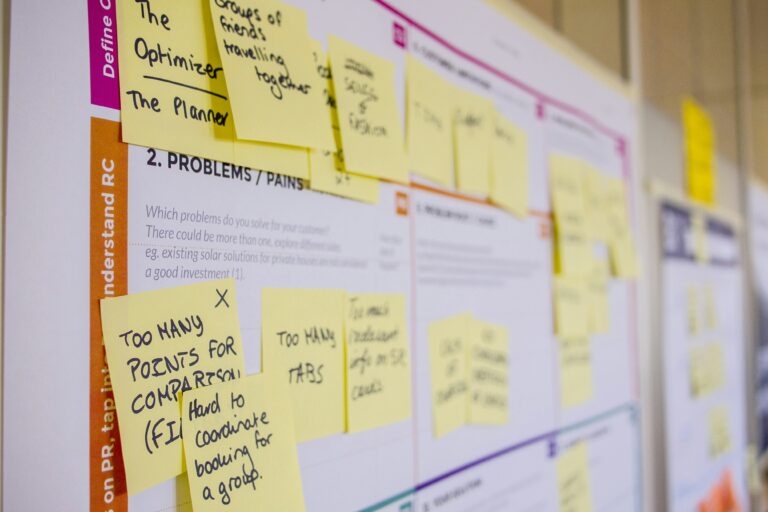The Synergy Between Test Strategies and Test Plans.

Test Strategy and Test Plan creation is essential for ensuring the success of testing endeavours. These two serve as the cornerstone of the testing framework, providing direction, structure, and clarity to testing activities. In this blog, we explore into the nuances of Test Strategy and Test Plan, their significance and why both are intrinsic to testing.
Understanding Test Strategies:
At its core, a Test Strategy acts as the guiding compass for testing initiatives within the Workday ecosystem. It comprises a high-level overview of the testing approach, objectives, scope, methodologies, and tools to be utilised. Think of it as the strategic blueprint that sets the tone and direction for testing endeavours, ensuring alignment with project goals and stakeholder expectations. By delineating the types of testing to be conducted and outlining the overarching objectives, a Test Strategy lays the foundation for effective testing practices and defect management.
Unveiling Test Plan:
In contrast, a Test Plan delves into the granular details of testing execution, providing a comprehensive roadmap for testing activities outlined in the Test Strategy. It comprises detailed specifications, including test cases, resources, responsibilities, timelines, and success criteria for each phase of testing. The Test Plan serves as the operational playbook, guiding testing teams through the intricacies of testing execution with precision and clarity. By translating the strategic directives outlined in the Test Strategy into actionable steps, the Test Plan ensures efficiency, consistency, and adherence to testing standards.
The Synergy Between Test Strategy and Test Plan:
While Test Strategy and Test Plan serve distinct purposes, their synergy is where their true power lies. The Test Strategy sets the strategic direction and overarching goals for testing initiatives, while the Test Plan translates these high-level directives into actionable tasks and detailed execution plans. Together, they form a cohesive framework that guides testing efforts from inception to completion, ensuring alignment with project objectives, stakeholder expectations, and industry best practices. By leveraging the complementary strengths of Test Strategy and Test Plan, organisations can establish a robust testing framework that drives efficiency, quality, and success in Workday testing endeavours.
Importance of Clarity and Alignment:
One of the key benefits of having both Test Strategy and Test Plan in place is the clarity and alignment they provide to testing initiatives. A well-defined Test Strategy ensures that all stakeholders are aligned on the overarching goals and objectives of testing, fostering a shared understanding of the testing approach and priorities. Similarly, a detailed Test Plan offers clarity on the specific tasks, timelines, and resources required for testing execution, enabling teams to work cohesively towards common goals. By establishing clear expectations and aligning stakeholders, Test Strategy and Test Plan lay the groundwork for successful testing outcomes and stakeholder satisfaction.
Driving Efficiency and Effectiveness:
Efficiency and effectiveness are at the heart of every successful testing initiative, and Test Strategy and Test Plan play a pivotal role in driving both. A well-crafted Test Strategy enables organisations to optimise testing efforts by focusing on the most critical aspects of testing while aligning resources and priorities with project objectives. Meanwhile, a detailed Test Plan streamlines testing execution by providing a roadmap for efficient task allocation, resource utilisation, and progress tracking. By fostering a culture of efficiency and effectiveness, Test Strategy and Test Plan empower organisations to achieve more with their testing efforts, delivering high-quality solutions within budget and timeline constraints.
Mitigating Risks and Ensuring Quality:
Risk mitigation and quality assurance are paramount in Workday testing, and Test Strategy and Test Plan are instrumental in achieving these objectives. By identifying potential risks and challenges upfront, a well-defined Test Strategy enables organisations to proactively address issues and minimise their impact on project timelines and deliverables. Similarly, a detailed Test Plan incorporates quality assurance measures, such as test case validation, defect management protocols, and performance monitoring, to ensure that testing activities meet the highest standards of quality and reliability. By prioritising risk mitigation and quality assurance, Test Strategy and Test Plan contribute to the overall success and sustainability of Workday testing initiatives.
Conclusion:
In the ever-evolving landscape of Workday testing, Test Strategy and Test Plan stand as pillars of strength, guiding organisations towards testing excellence and success. By understanding the nuances of these components and embracing their synergistic capabilities, organisations can establish a robust testing framework that drives efficiency, effectiveness, and quality in Workday testing endeavours.
As organisations continue to navigate the complexities of Workday testing, the dynamic duo of Test Strategy and Test Plan will remain indispensable allies, empowering them to achieve their testing goals with confidence and precision.






